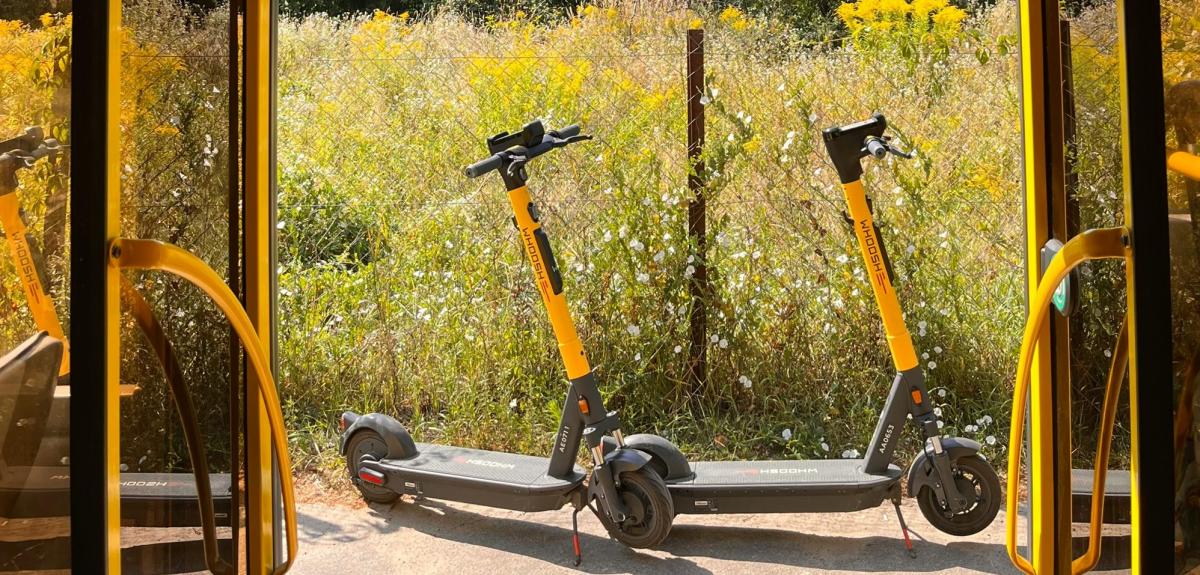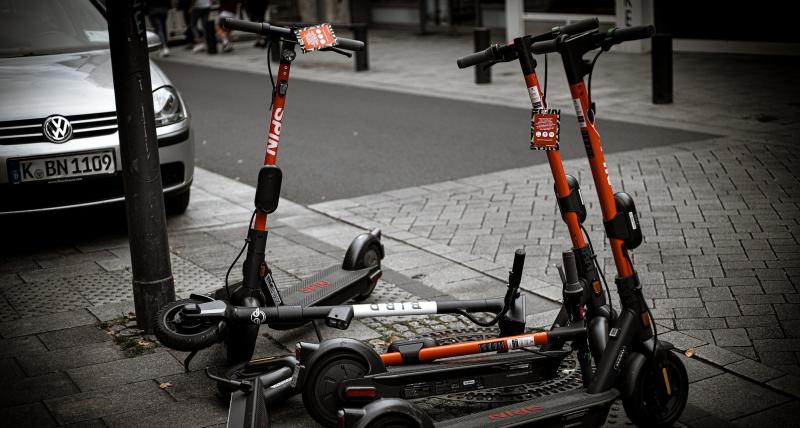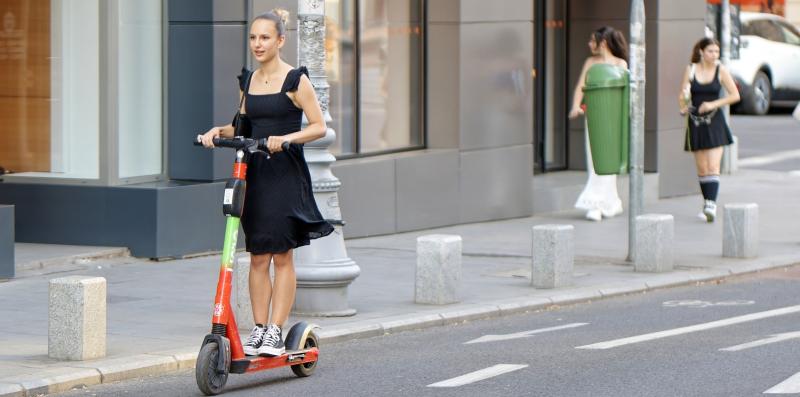Charging your electric scooter properly is essential for maintaining the health of your battery and ensuring long-term performance. Whether you’re a daily commuter or a casual rider, understanding the best charging practices can help you extend your scooter’s battery life and avoid potential issues. In this guide, we’ll outline the best practices for charging your electric scooter, covering everything from the correct timing to the right charging environment.
Why Charging Your Electric Scooter Correctly Matters
Your electric scooter’s battery is a crucial component that powers your rides and determines the scooter’s range and performance. Over time, improper charging habits can lead to battery degradation, reducing its capacity and lifespan. By following best practices, you’ll not only keep your scooter in top condition but also avoid costly battery replacements down the road.
Best Practices for Charging Your Electric Scooter
1. Use the Correct Charger
Always use the charger that comes with your electric scooter or a manufacturer-approved replacement. Using a third-party or incompatible charger can damage the battery and affect its performance over time. Different scooters have different voltage and current requirements, and using the wrong charger can result in undercharging or overcharging, both of which can harm the battery.
Pro tip: If you need a second charger for convenience, make sure to purchase one from the scooter manufacturer or an authorized dealer.
2. Avoid Charging Immediately After a Ride
After using your electric scooter, the battery may be warm from the ride. Charging a hot battery can strain the cells and lead to overheating, which reduces battery life. It’s best to allow the battery to cool down for about 30 minutes before plugging it in for a charge.
Best practice: After returning from a ride, wait until the battery has cooled to room temperature before charging. This reduces heat stress on the battery and helps preserve its lifespan.
3. Charge Before the Battery is Completely Depleted
While it may be tempting to wait until your scooter’s battery is almost empty before charging, this habit can shorten the battery’s life. Lithium-ion batteries, which are commonly used in electric scooters, perform best when kept between 20% and 80% charge. Regularly running the battery down to 0% can reduce its capacity over time.
Pro tip: Try to recharge your scooter when the battery level drops to around 20-30% to keep it within the optimal range for longevity.
4. Don’t Overcharge Your Battery
Overcharging—leaving your battery plugged in long after it reaches 100%—can stress the cells and degrade battery performance over time. Most modern chargers are designed to stop charging once the battery is full, but it’s still a good idea to unplug the charger once the battery is fully charged to avoid unnecessary wear on the cells.
Pro tip: Set a timer or an alarm to remind yourself to unplug the charger once the battery reaches 100%.
5. Charge in a Cool, Dry Environment
The environment where you charge your scooter can impact the health of the battery. Charging in a room that is too hot or cold can affect the battery’s performance and lifespan. Ideally, charge your scooter in a cool, dry environment with a temperature between 10°C and 30°C (50°F to 86°F).
Best practice: Avoid charging your scooter in direct sunlight, near heat sources, or in extremely cold environments, as these conditions can cause battery degradation.
6. Avoid Frequent Full Discharges
While it’s okay to occasionally let your battery discharge completely, making a habit of it can shorten its lifespan. Lithium-ion batteries last longer when they are kept within a partial charge range, rather than being fully depleted and recharged each time. Frequent full discharges can stress the battery and reduce its overall capacity.
Pro tip: Charge your scooter before the battery dips below 20% to maximize its longevity.
7. Store Your Scooter with a Partial Charge
If you won’t be using your electric scooter for an extended period—such as during the off-season—it’s important to store the battery correctly. Lithium-ion batteries should be stored at around 50% charge to prevent them from becoming over-discharged or overcharged. Storing the battery fully charged or completely drained can degrade its cells and reduce its lifespan.
Storage tip: If possible, remove the battery from the scooter and store it separately in a cool, dry place. Check the battery every few months and recharge it to 50% if necessary.
8. Keep the Charging Port Clean and Dry
Dust, dirt, and moisture can accumulate in your scooter’s charging port, potentially leading to charging problems or damage. Regularly inspect the charging port and wipe it clean with a dry cloth to prevent any obstructions or moisture from interfering with the charging process.
Best practice: Use a protective cover for the charging port when it’s not in use to keep out dirt and moisture.
9. Monitor Charging Time
Most electric scooters take between 3 and 8 hours to fully charge, depending on the battery size and the charger’s output. Charging the battery too frequently or leaving it plugged in for too long can strain the cells. By monitoring charging time, you can ensure that you’re not overcharging the battery or unnecessarily stressing it.
Pro tip: Keep an eye on the charging time and check your scooter’s manual for the recommended charging duration. Avoid leaving your scooter plugged in overnight unless absolutely necessary.
10. Replace the Battery When Needed
No battery lasts forever, and over time, you may notice a decrease in your scooter’s range or longer charging times. If your battery’s performance has noticeably declined despite proper care, it may be time for a replacement. Using an old or damaged battery can compromise your scooter’s performance and safety.
Pro tip: Always replace your battery with one recommended by the manufacturer to ensure compatibility and optimal performance.
Real-Life Example: Extending Battery Life with Proper Charging Habits
Sophia, a daily commuter in New York City, relies on her electric scooter to navigate the busy streets efficiently. By following the best charging practices—such as allowing her battery to cool before charging, avoiding overcharging, and charging in a cool indoor space—Sophia has managed to keep her battery performing well for over two years. She also stores her scooter with a partial charge during the winter months, ensuring it’s ready to go when spring arrives.
Conclusion: Charge Your Electric Scooter the Right Way
Properly charging your electric scooter is key to maintaining the health of your battery and ensuring the best possible performance. By following these best practices—using the correct charger, avoiding overcharging, charging in a cool environment, and keeping the battery within an optimal charge range—you can extend the life of your scooter’s battery and get the most out of each ride.
With a little care and attention to your charging habits, you’ll keep your electric scooter running smoothly and efficiently for many rides to come.



